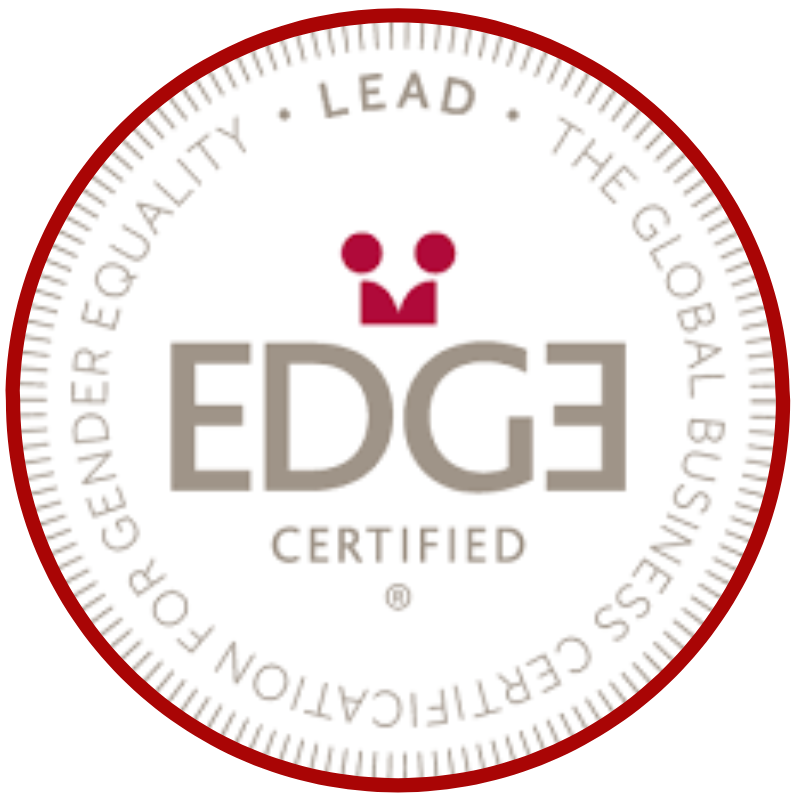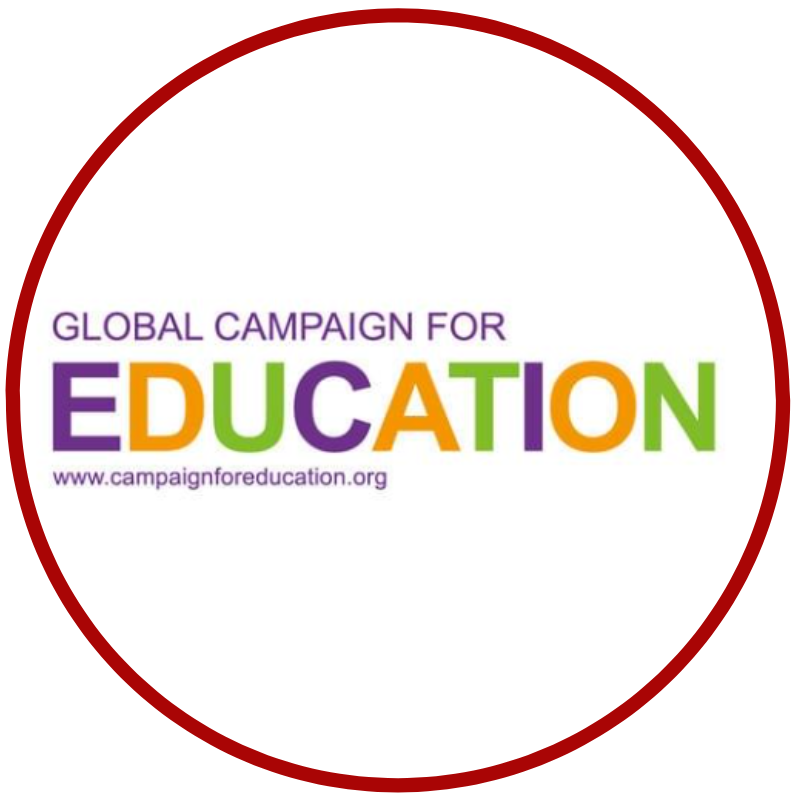Investing in women and girls drives economic growth, creates more stable societies, and leads to better outcomes. Data is part of the infrastructure undergirding this work, and central to how decision-makers, citizens, and advocates measure progress (or the lack of it). Data disaggregated by sex is also critical to effective policy because it helps us understand the different lives of men, women, girls and boys, and how policies and programs can best address those realities and needs.
Data is also foundational for effective philanthropy. More philanthropists are now focused on advancing rights and opportunities for women and girls globally, and they are prioritizing systemic impact and sustainability. These donors are also more engaged, and more interested in understanding the nuts and bolts of a project (and likely visiting it).
Everyone has unique reasons to give: issues that drive them, and outcomes they seek. What unites effective giving is a commitment to impact. Here are some key questions and considerations for donors.
First, decide what you want to accomplish. Is there an issue you want to advance? Are you interested in a particular country or part of the world? Are you interested in funding policy advocacy, humanitarian relief, or something specific like girls’ education?
Researching the issues and key players is important, as is understanding the interconnections. More women in political office can mean laws that make it easier for girls to go to school, or women to borrow money. Changing norms about the value of women and girls can address gender-based violence (GBV), which hampers the ability of women and girls to fully participate in society. Disaster assistance can save lives and mitigate conflict.
Second, consider what type of organization you want to support. Some organizations address one issue, some have a broader mandate. There are funds that pool money, and make grants to multiple organizations. Philanthropists should ask about the organization’s philosophy, how it selects partners, both on the ground and globally, and the process it uses to obtain information. If it is a pooled fund, or giving circle, ask how it vets organizations, what kind of data it requests from them, and why.
There are different benefits to different kinds of organizations. Larger, more well-established organizations move more slowly and don’t usually take as much risk, but they have long histories in places, deep institutional memory, and can fund larger programs. Younger organizations can be more flexible and nimble and often support smaller groups abroad but may not be as adept at managing funds and filing paperwork.
Third, use data already collected to frame giving. There are many sources of data about the lives of women and girls, including that collected by the World Economic Forum’s Gender Gap Report; by governments; or by NGOs. This type of data captures what is happening in a country for women and girls, or in a certain sector (education, health, the economy, politics). There is also global data on the laws that hold women back from economic participation, collected by the World Bank’s Women, Business and the Law Report, and the impact of not addressing an issue, like the stunning impact of GBV on a country’s economy.
Fourth, consider how to measure the short, medium, and long-term impact of your giving. Donors should understand an organization’s vision and goals, what data it collects, and how that data is collected. In the short-term, an organization might count the number of men and women who attend a business training or the number of boys and girls enrolled in school. Mid-term impact would reflect changes in behavior based on the intervention, such as the number of new businesses or the number of children advancing to the next level of schooling. Long-term outcomes can include change in a family’s income after a year, graduation rates, and social norm change.
Finally, know that there isn’t one right way to structure philanthropic giving. At Smash Strategies, we have seen that building a data infrastructure for giving helps both donors and those who receive funds evaluate impact. It’s foundational to how those making both policy and investment decisions can be as effective as possible and create strong public-private synergies to address the challenges we face today.






